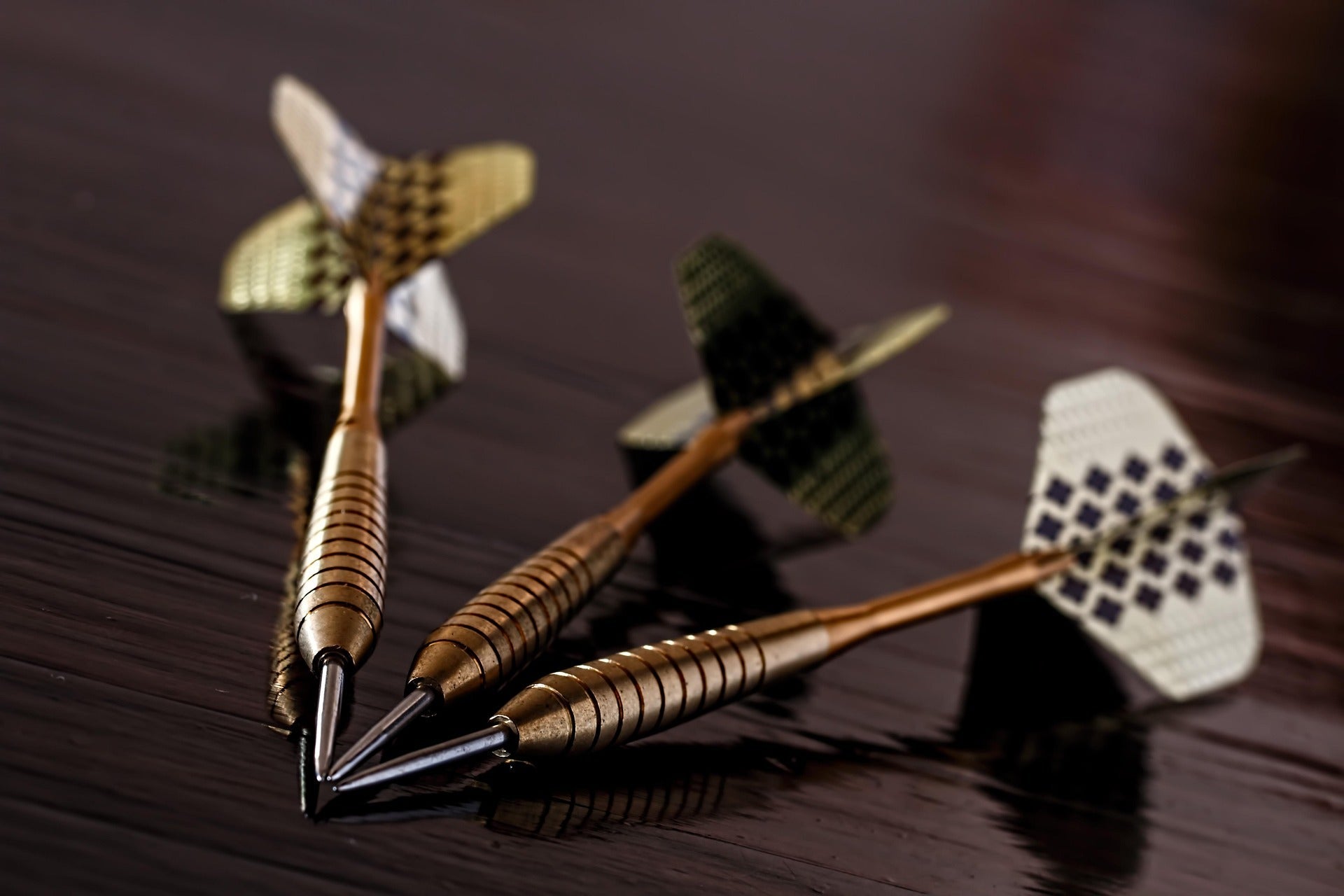Darts is a popular throwing game often enjoyed in pubs, clubs, and at home gatherings. While the rules may vary by region, the basic principles remain consistent. This article will delve into the fundamental rules of darts, scoring methods, and some common variations of the game.
Equipment
To play darts, you will need the following equipment:
-
Dartboard: A standard dartboard has a diameter of 18 inches (approximately 45.72 cm) and is divided into 20 numbered segments, ranging from 1 to 20. The center of the board is called the "bullseye," which consists of an inner bull (worth 50 points) and an outer bull (worth 25 points).
-
Darts: Darts typically consist of a pointed tip, a barrel (the main body), and fins (or flights) that help stabilize the dart during flight. A standard dart weighs between 16 to 30 grams.
-
Throwing Area: Players should stand behind a designated line, known as the "oche," which is usually 7 feet 9.25 inches (2.37 meters) from the board for steel-tip darts and 8 feet (2.44 meters) for soft-tip darts.
Basic Rules
Objective of the Game
The main objective in most darts games is to score points by throwing darts at the dartboard. Players take turns throwing three darts per turn, aiming to reach a predetermined score, usually starting from 501 or 301.
Starting the Game
-
Determining the First Player: Players can throw a dart at the bullseye. The player who hits the closest to the center goes first.
-
Scoring: Players begin with a set score (e.g., 501) and subtract the points they score with each turn. The aim is to reach exactly zero.
Scoring System
-
Segments: Each segment of the dartboard has a specific point value. Hitting a segment scores the corresponding points.
-
Double and Triple Zones:
- The outer ring of the board is the "double" zone. Hitting this area doubles the score of that segment.
- The inner ring is the "triple" zone. Hitting this area triples the score of that segment.
-
Bullseye: The inner bullseye scores 50 points, while the outer bull scores 25 points.
Winning the Game
To win, a player must reach zero exactly. If a player scores more points than needed, their score "busts," and their turn ends without any points being deducted. The player must then score down to zero on their next turn.
Common Variations
1. 501
The most popular game format, where players start with a score of 501 and aim to reach zero. Players must finish on a double.
2. 301
Similar to 501, but players start with 301 points. This format is often used for quicker games.
3. Cricket
In this variation, players aim to "close" numbers 15 through 20 and the bullseye by hitting each three times. Once a player closes a number, they can score points on it until the opponent closes it.
4. Around the World
Players must hit each number on the board in sequential order, starting from 1 to 20. The first player to hit all numbers wins.
Etiquette and Sportsmanship
-
Respect the Player's Turn: Players should not distract opponents while they are throwing darts.
-
Scorekeeping: Players should keep accurate records of scores and ensure fairness.
-
Turn Order: Players should maintain the established order of play throughout the game.
Conclusion
Darts is a game that combines skill, strategy, and a bit of luck. Understanding the basic rules and scoring methods is essential for both new and experienced players. Whether you're playing a casual game with friends or entering a competitive match, knowing these fundamentals will enhance your enjoyment and performance in this classic pastime.
